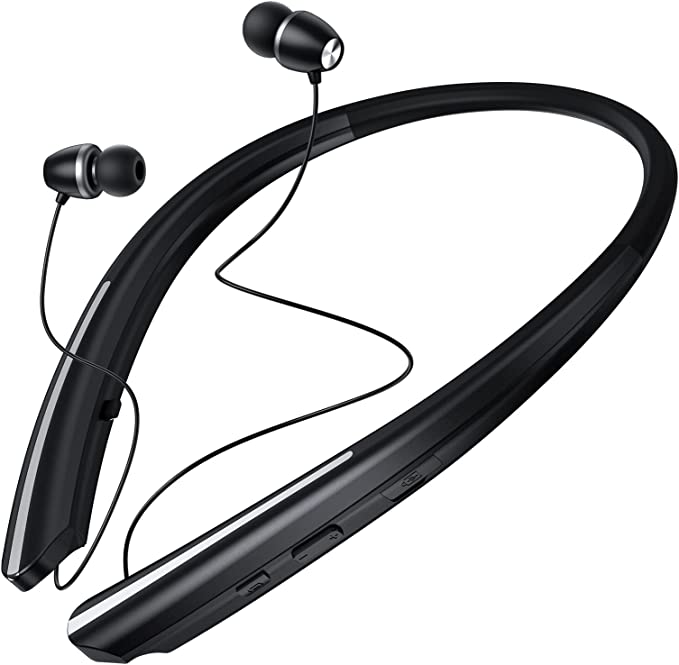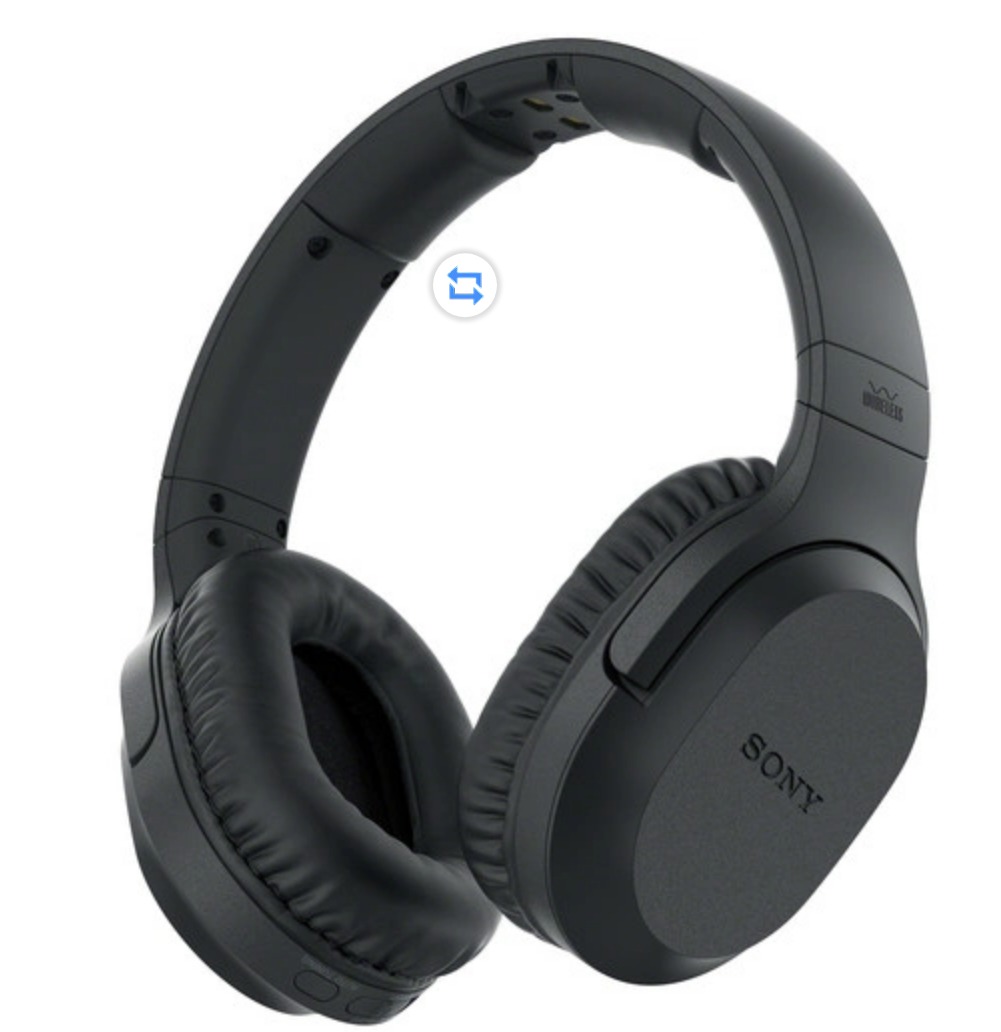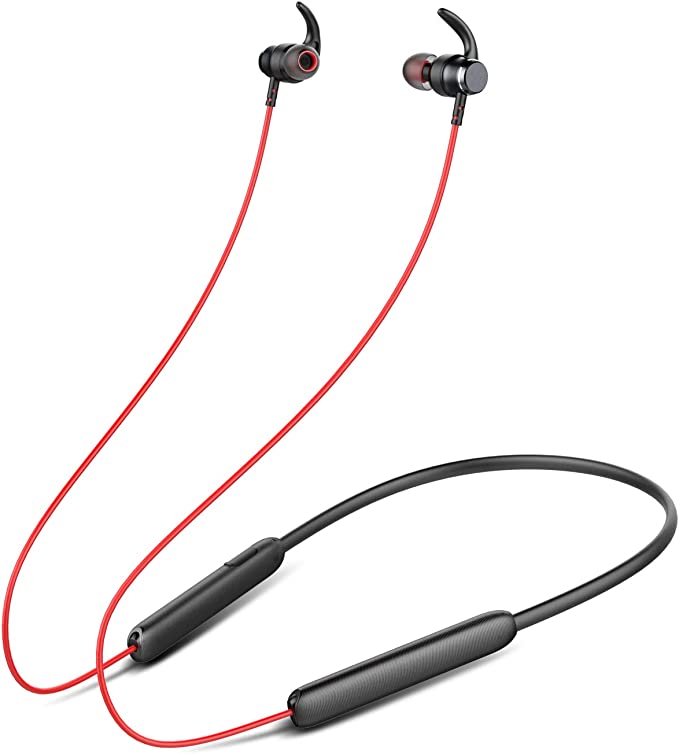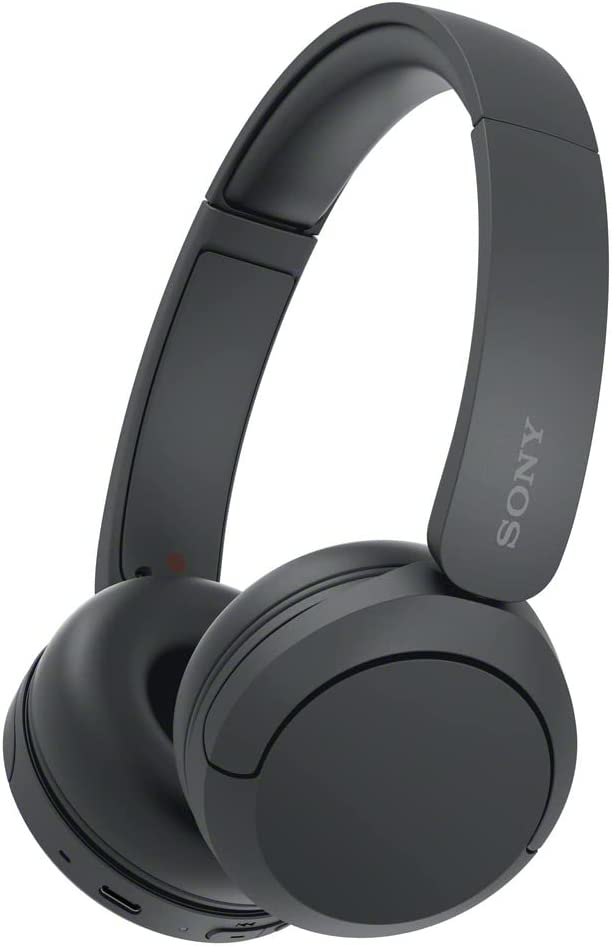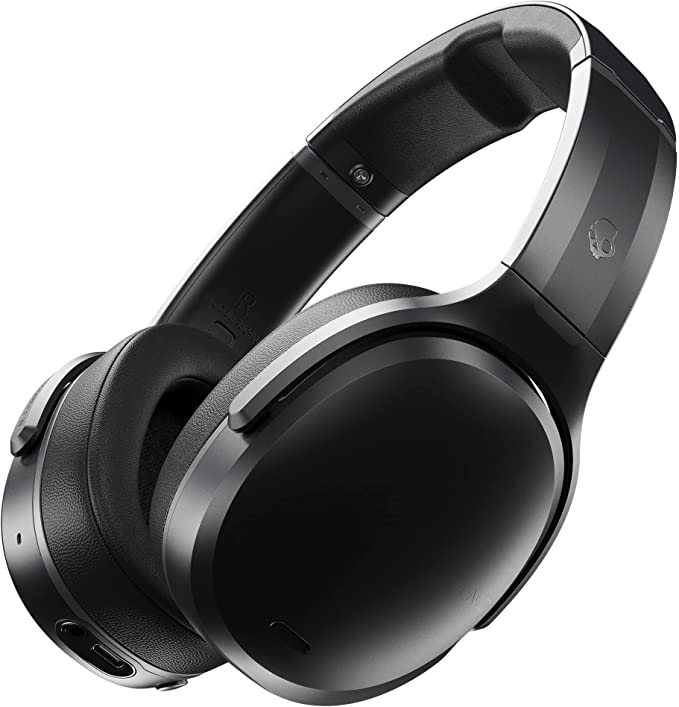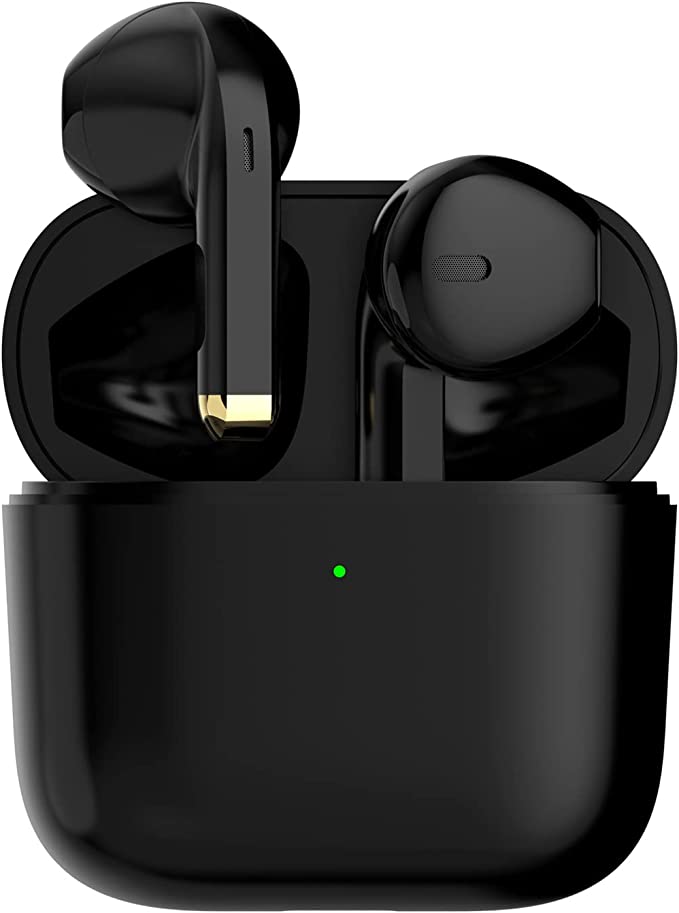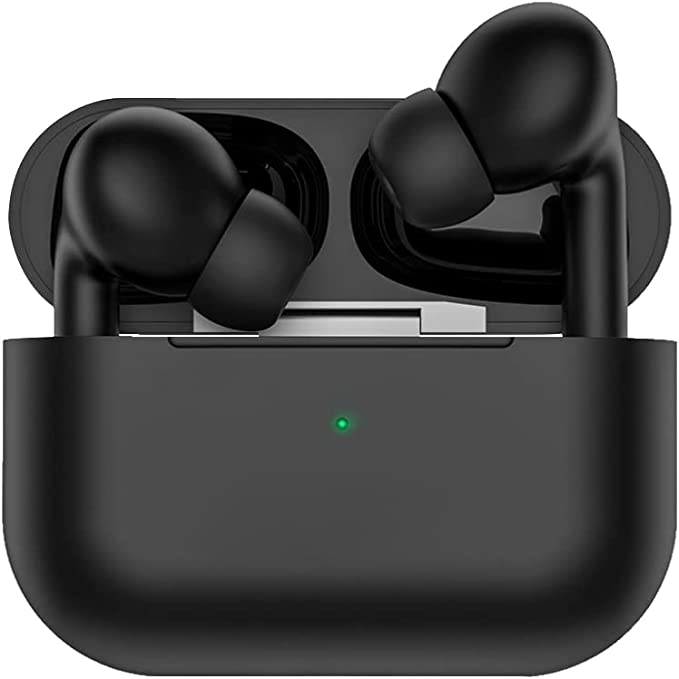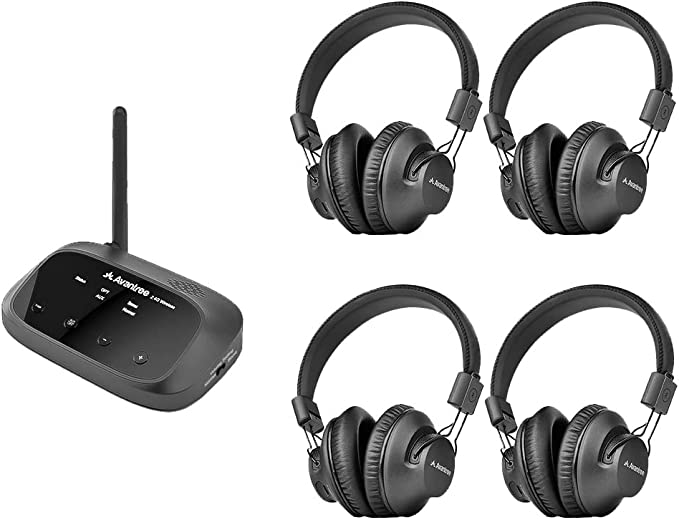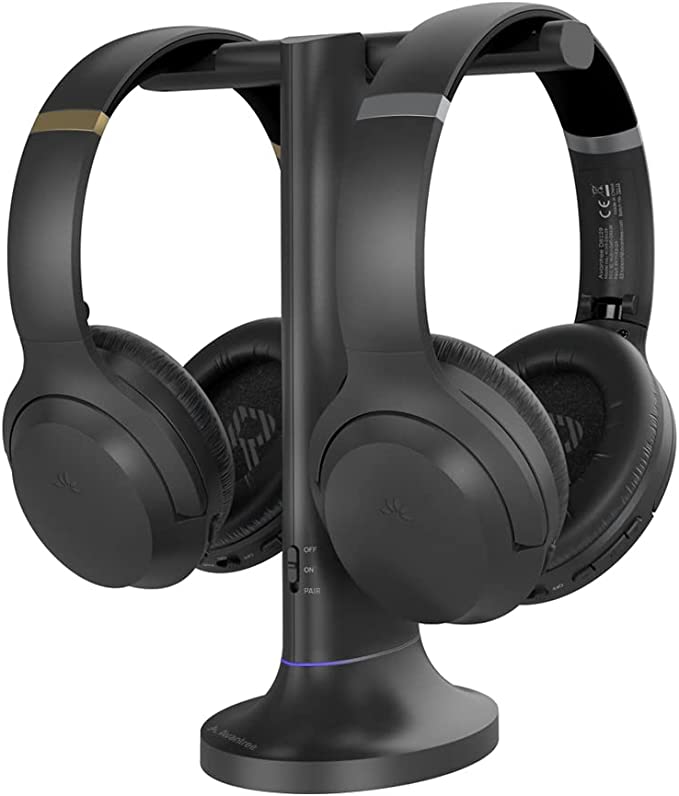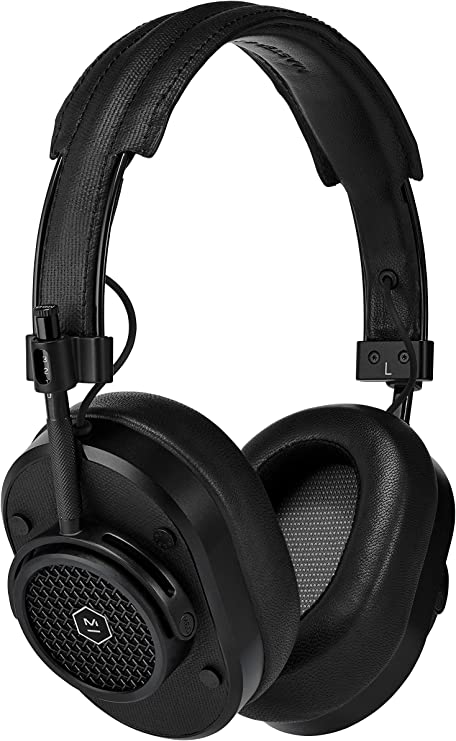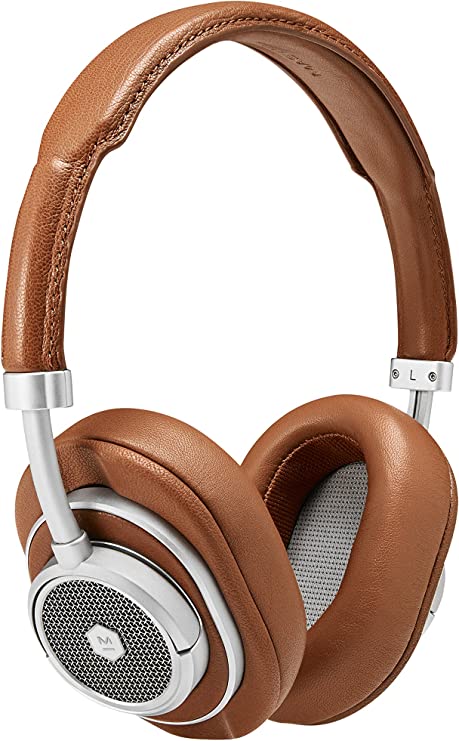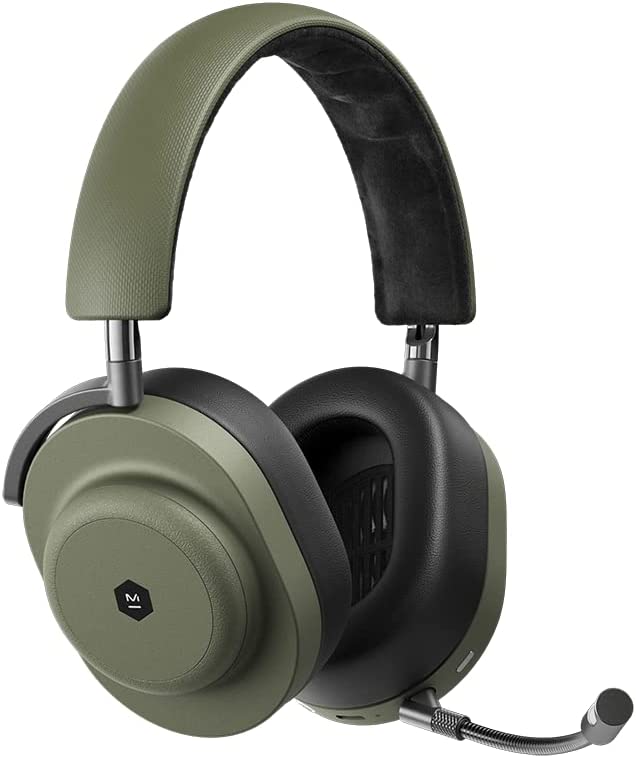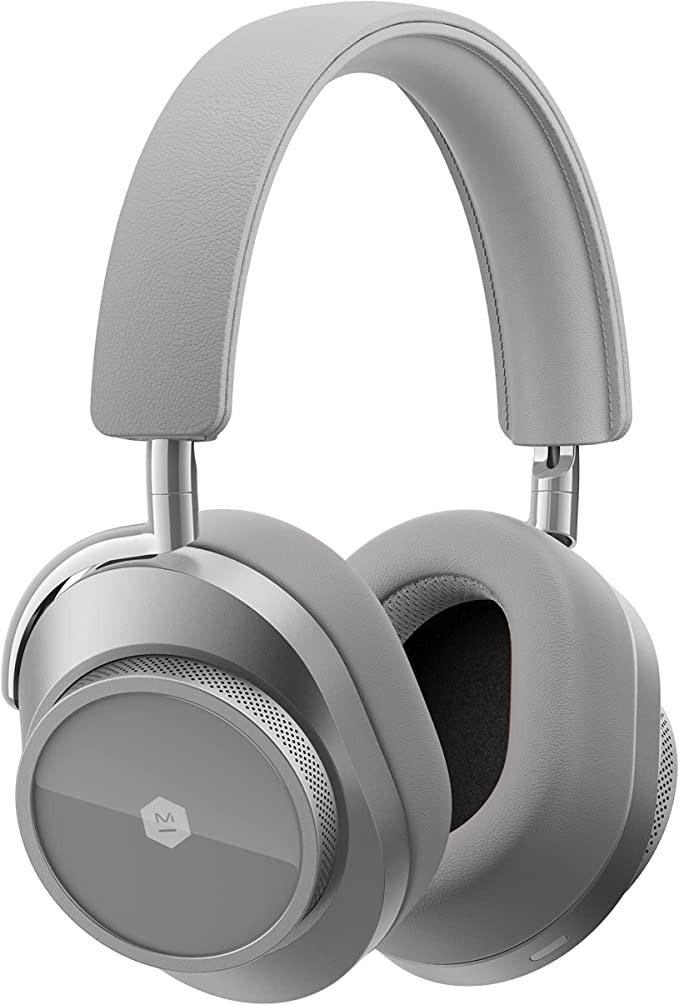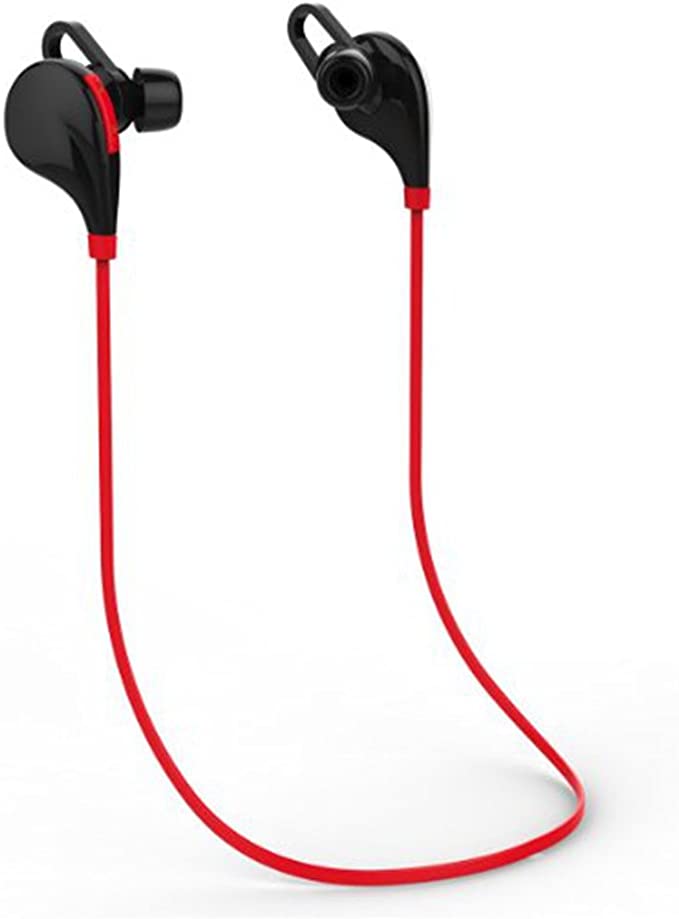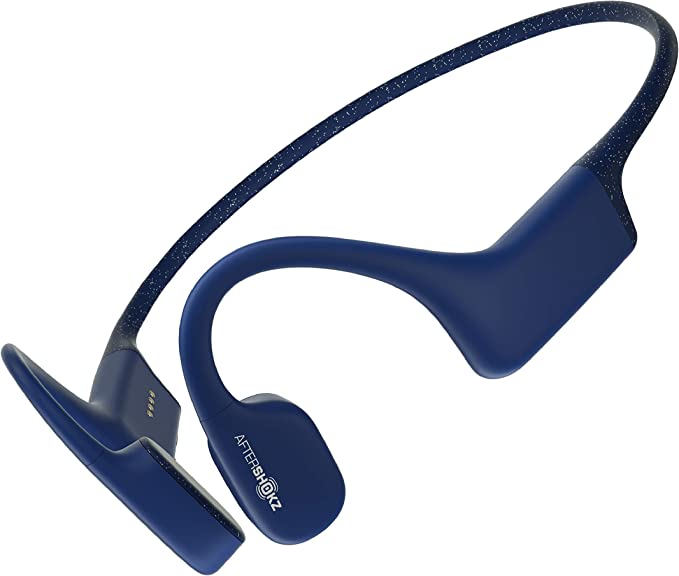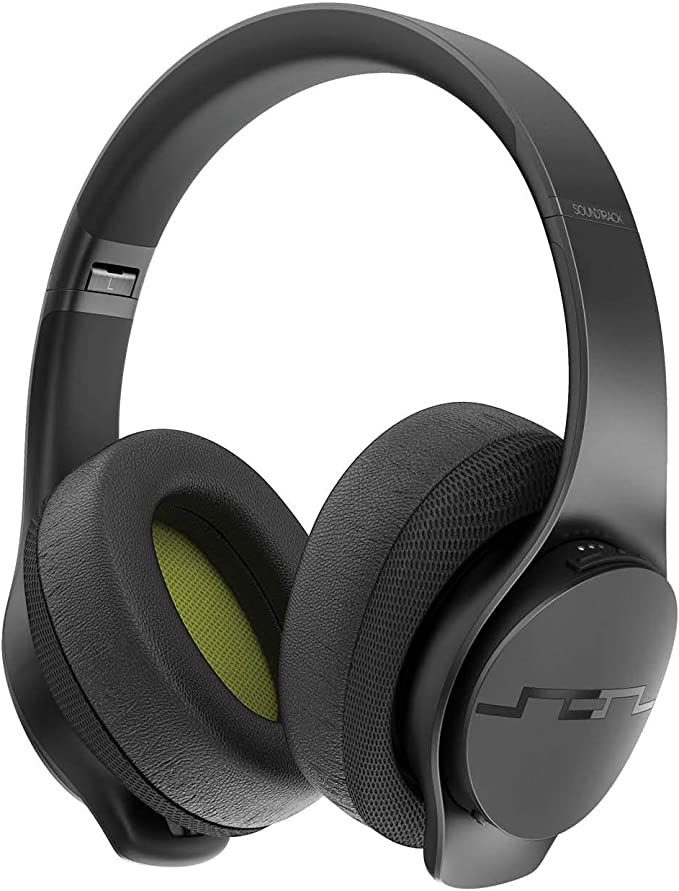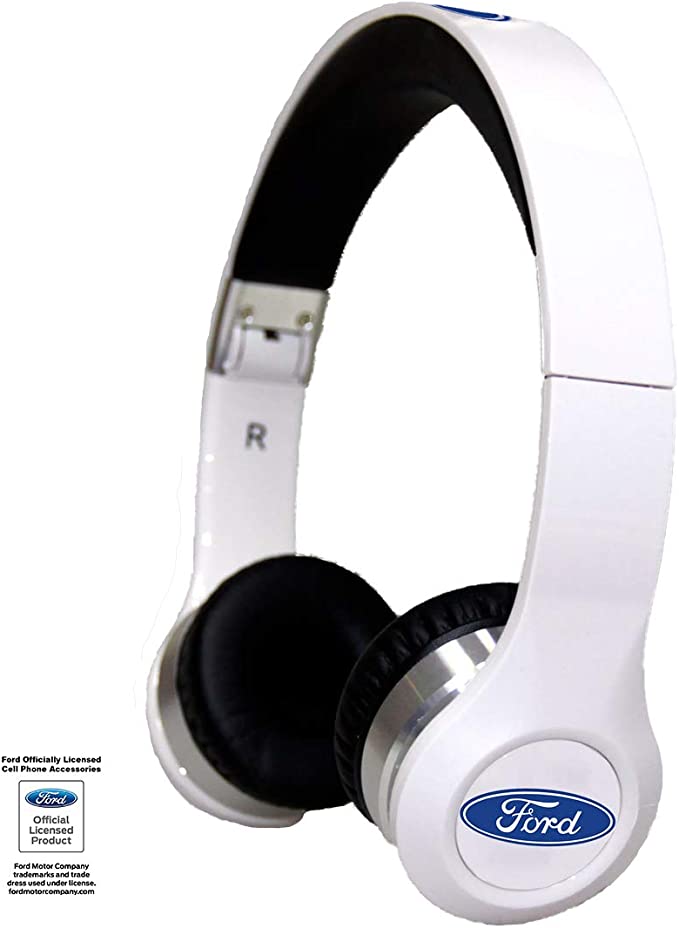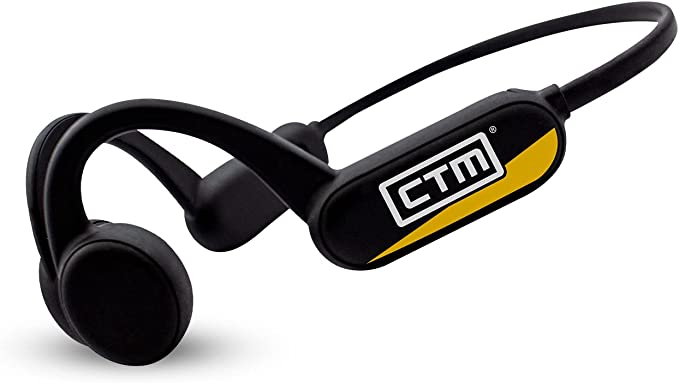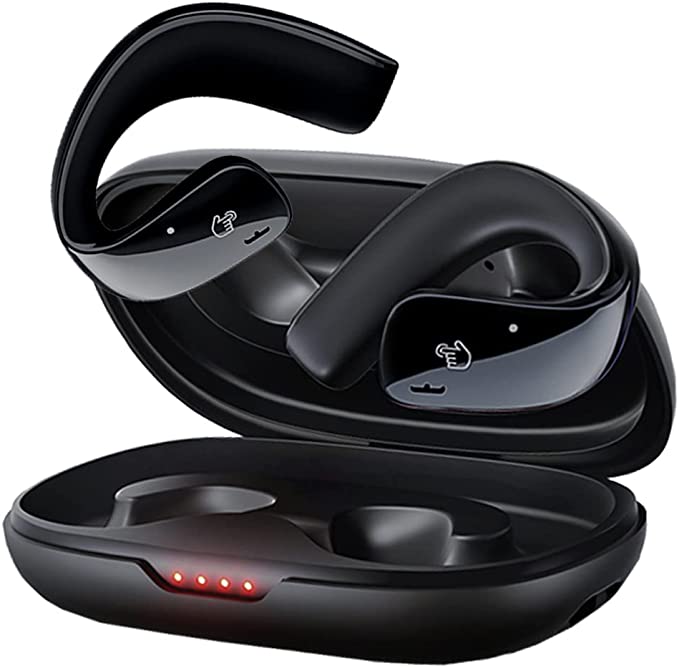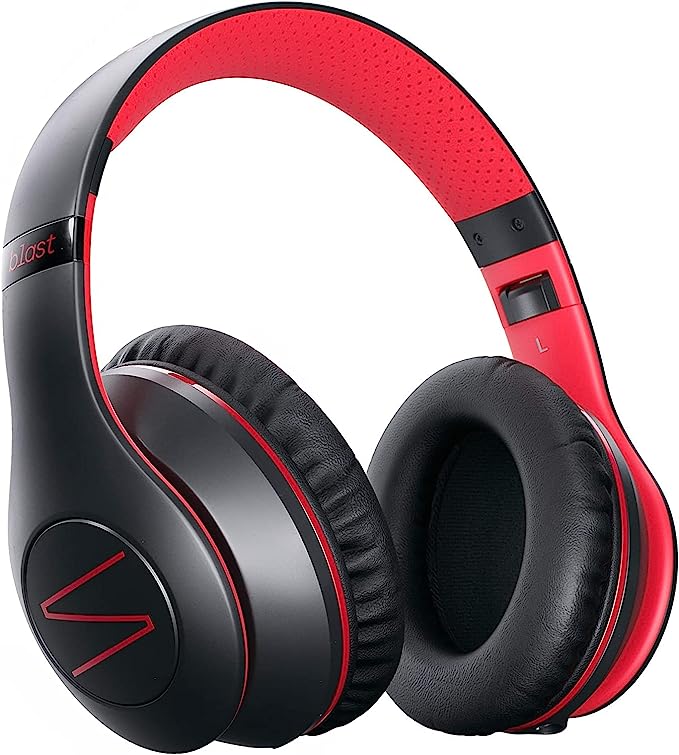PECUWE GT6-US Neckband Wireless Earbuds: Your Ultimate Sport Companion
Update on March 20, 2025, 9:50 a.m.
We live in a world saturated with sound. From the gentle hum of nature to the pulsing rhythm of our favorite music, audio is an integral part of our daily lives. And for many of us, earbuds are the gateway to that sonic world. But have you ever stopped to consider the intricate technology packed into those tiny devices? Today, we’ll be diving deep into the world of audio, exploring the science and engineering behind the PECUWE GT6-US neckband wireless earbuds.

The Sound of Freedom: Why Neckband Earbuds?
Before we dissect the GT6-US, let’s consider the form factor itself: the neckband earbud. Why choose this design over traditional wired earbuds or the increasingly popular true wireless earbuds? The answer lies in a balance of comfort, convenience, and practicality.
Unlike wired earbuds, neckband earbuds offer the freedom of wireless listening, eliminating the tangle of cords that can plague traditional headphones. They also address some of the common complaints associated with true wireless earbuds. The connecting band provides a secure fit, making them less likely to fall out during vigorous activity, like running or exercising. This design also allows for larger batteries and more powerful components, translating to longer battery life and often better sound quality. The weight is distributed around your neck, rather than solely on your ears, resulting in a more comfortable experience, even during extended wear.

PECUWE GT6-US: Designed for Life in Motion
The PECUWE GT6-US neckband earbuds embody these advantages, offering a compelling blend of features tailored for an active lifestyle. Let’s take a look at some of the key highlights:
- Marathon Battery Life: The GT6-US boasts an impressive 250mAh lithium-ion battery, capable of delivering up to 20 hours of continuous playtime. This means you can power through a full day of work, workouts, and commutes without worrying about running out of juice.
- Rapid Recharge: We’ve all been there – rushing out the door only to realize our headphones are dead. The GT6-US addresses this with its fast-charging capability. Just 5 minutes of charging via the USB-C port provides a remarkable 1.5 hours of playtime.
- Built to Endure, Designed to perform: These neckband are IPX4, meaning these are splashproof.

The Wireless Revolution: Understanding Bluetooth 5.1
The PECUWE GT6-US utilizes Bluetooth 5.1, the latest iteration of this ubiquitous wireless technology. But what does that really mean for you, the listener? Let’s break it down:
Bluetooth, in essence, is a short-range wireless communication protocol that allows devices to connect and exchange data without cables. It operates in the 2.4 GHz ISM band, a globally unlicensed frequency range used for various industrial, scientific, and medical applications.
Bluetooth 5.1 brings several significant improvements over its predecessors:
- Enhanced Connection Stability: One of the most noticeable benefits of Bluetooth 5.1 is its improved connection stability. This is achieved through various enhancements, including more sophisticated connection management algorithms and better interference mitigation techniques. The result? Fewer dropouts and a more reliable listening experience, even in environments with a lot of wireless activity.
- Lower Latency: Latency refers to the delay between when an audio signal is sent from your device (like your phone) and when you actually hear it in your earbuds. Bluetooth 5.1 significantly reduces latency, which is crucial for applications like gaming and watching videos, where even a slight delay can be disruptive.
- Improved Power Efficiency: Bluetooth 5.1 is designed to be more power-efficient, meaning your earbuds will consume less battery power while maintaining a strong connection. This contributes to the GT6-US’s impressive 20-hour playtime.
- Direction Finding: Though not directly impacting audio quality, Bluetooth 5.1 introduces a direction-finding feature. While not utilized to its full potential in earbuds yet, this feature allows devices to determine the direction of a Bluetooth signal, opening up possibilities for future applications like improved location tracking and proximity-based features.
Beyond Bluetooth: The AAC Codec
Bluetooth is just the transport mechanism; it’s how the data gets from your device to your earbuds. But the quality of that audio data is largely determined by the audio codec used. The PECUWE GT6-US supports the Advanced Audio Coding (AAC) codec.
Think of an audio codec as a translator. It takes the digital audio file (like an MP3 or a streaming music track) and compresses it for efficient wireless transmission over Bluetooth. Then, on the receiving end (your earbuds), the codec decompresses the data back into an audio signal that can be played through the speakers.
AAC is a widely used and highly regarded audio codec. It’s known for its superior sound quality compared to older codecs like MP3, especially at lower bitrates. This means you can enjoy detailed, nuanced audio even when streaming music or listening to compressed audio files.

Sound Science: How Earbuds Create Your Audio World
Now, let’s delve into the fundamental science of sound and how earbuds translate electrical signals into the music you hear.
Sound, at its core, is vibration. When an object vibrates, it creates pressure waves in the surrounding medium, typically air. These waves travel outward, and when they reach your ears, they cause your eardrums to vibrate. Your brain then interprets these vibrations as sound.
The key characteristics of a sound wave are:
- Frequency: This determines the pitch of the sound. Higher frequency means a higher pitch (like a whistle), and lower frequency means a lower pitch (like a bass drum). Frequency is measured in Hertz (Hz), representing cycles per second.
- Amplitude: This determines the loudness of the sound. Higher amplitude means a louder sound, and lower amplitude means a softer sound. Amplitude is often measured in decibels (dB).
- Timbre: This is what makes a violin sound different from a piano, even if they’re playing the same note at the same volume. Timbre is determined by the complex combination of frequencies present in a sound wave.
Earbuds, like the GT6-US, are essentially miniature loudspeakers. They convert electrical signals from your phone or other device back into sound waves. This is achieved through a component called a driver.

Inside the GT6-US: A Closer Look at the Components
The PECUWE GT6-US utilizes 10mm dynamic drivers. Dynamic drivers are the most common type of driver found in headphones and earbuds. They work on the principle of electromagnetic induction.
Here’s a simplified explanation:
- Electrical Signal: An electrical audio signal from your device is sent to the driver.
- Voice Coil: This signal flows through a coil of wire (the voice coil) that’s attached to a diaphragm (a thin, flexible membrane).
- Magnetic Field: The voice coil is positioned within a magnetic field created by a permanent magnet.
- Movement: When the electrical signal flows through the voice coil, it creates its own magnetic field. This interacts with the permanent magnet’s field, causing the voice coil (and the attached diaphragm) to move back and forth.
- Sound Waves: The movement of the diaphragm creates pressure waves in the air, which are then perceived as sound.
The size of the driver (10mm in this case) generally correlates with its ability to produce bass frequencies. Larger drivers can move more air, resulting in a more powerful and impactful low-end response.
Dual EQ Modes: Tailoring Your Sound
The GT6-US offers two distinct EQ (equalization) modes. EQ is essentially a way to adjust the balance of different frequencies in the audio signal. Think of it like the bass and treble controls on an old stereo system.
- EQ1: This mode likely provides a more balanced sound signature, suitable for a wide range of music genres.
- EQ2: This mode probably emphasizes the bass frequencies, providing a more powerful and impactful low-end, ideal for genres like hip-hop, electronic music, or action-packed games.
The EQ modes are implemented through digital signal processing (DSP), which manipulates the audio signal before it’s sent to the drivers.
Material Matters: Silicone and Titanium Alloy
The GT6-US’s neckband is constructed from silicone and a titanium alloy steel core. This choice of materials is deliberate:
- Silicone: This soft, flexible, and skin-friendly material provides a comfortable fit against your neck. It’s also durable and resistant to sweat and moisture.
- Titanium Alloy: This strong, lightweight metal provides structural integrity to the neckband, ensuring it can withstand the rigors of daily use and maintain its shape.

Beyond Listening: Call Clarity and Practical Features
These earbuds come with built-in CVC 8.0 noise cancelling microphones, you can enjoy crystal-clear calls.
There’re 4 buttons for you to control the music,calls ,volume or switch modes easily.

Into the future: Potential of wireless audio.
The development of wireless audio technology opens the door to numerous possibilities, including music sharing, advanced environment adaptation, and seamless switching between devices, thereby elevating the music listening experience to new heights.


